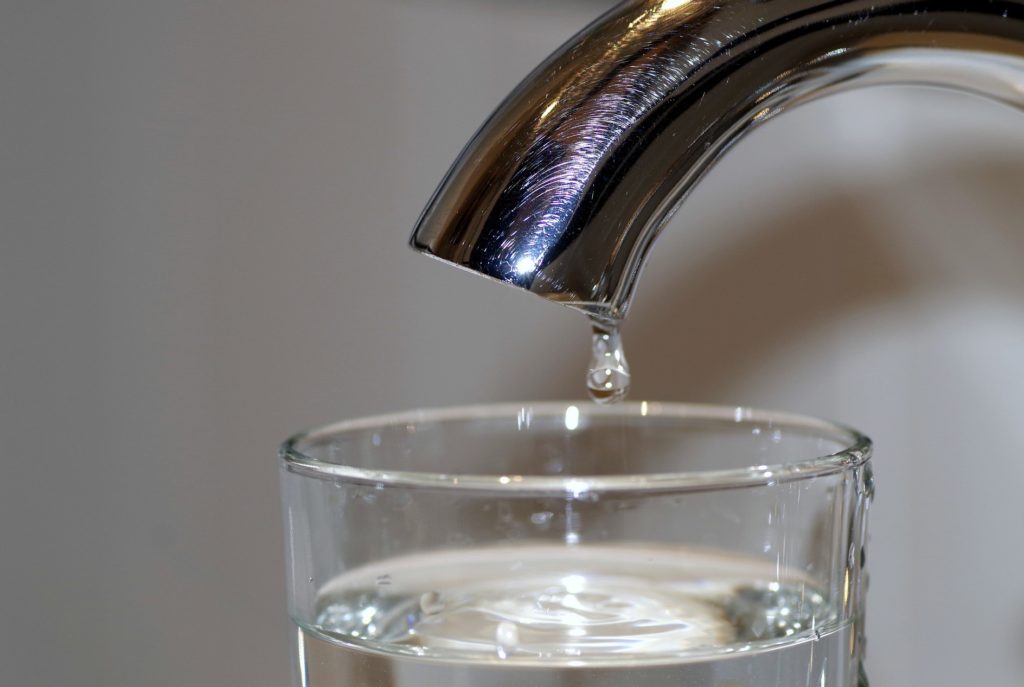Tested Approaches for Resolving Low Water Pressure in Your Home
Tested Approaches for Resolving Low Water Pressure in Your Home
Blog Article
Are you currently looking for ideas concerning Dealing with Low Water Pressure in Your Home?

Low water pressure in your house can be a discouraging trouble, influencing whatever from bathing to washing dishes. If you're experiencing weak water circulation, there are numerous feasible reasons and solutions to explore. In this guide, we'll review common reasons for low water stress and practical steps to attend to the concern successfully.
Intro to Low Tide Stress
Low tide pressure occurs when the circulation of water from your faucets, showers, and other components is weaker than common. This can make daily jobs extra challenging and much less reliable. Recognizing the causes of low tide stress is critical to locating the right option.
Typical Causes of Low Tide Stress
Pipe Obstructions
Over time, pipelines can end up being clogged with mineral deposits, sediment, or particles, restricting the circulation of water. This is a common issue in older homes with galvanized steel pipelines.
Corrosion
Corrosion within pipelines can bring about leaks and reduced water stress. Corrosion buildup can restrict water circulation, particularly in aging plumbing systems.
Faulty Pressure Regulatory Authorities
Pressure regulators are in charge of preserving regular water pressure in your house. If they malfunction, it can result in low tide pressure or unequal flow throughout the house.
Local Water Issues
In some cases, the trouble exists outside your home. Municipal water problems, such as main line leaks or upkeep work, can momentarily lower water pressure in your area.
How to Detect Low Water Stress
Checking Taps and Fixtures
Start by testing the water pressure at different faucets and fixtures throughout your home. If the problem is separated to particular areas, it might show local problems.
Examining Pipes
Inspect visible pipelines for signs of leakages, rust, or clogs. Pay attention to any kind of uncommon audios, such as knocking or rattling pipelines, which might suggest concerns within the plumbing system.
Consulting with a Plumber
If you're not able to identify the source of low tide pressure, think about working with a specialist plumber to perform a comprehensive examination. They can identify underlying concerns and suggest proper services.
Do It Yourself Solutions to Fix Low Water Stress
Cleaning Aerators and Showerheads
Natural resources can gather in aerators and showerheads, minimizing water circulation. Eliminate and clean these components routinely to improve water pressure.
Flushing Hot Water Heater
Debris build-up in the water heater can restrict circulation and reduce effectiveness. Purging the container periodically assists remove sediment and preserve ideal efficiency.
Checking Pressure Regulatory Authority
Make certain that the pressure regulator is functioning correctly. Changing or replacing the regulator can aid restore correct water stress throughout your home.
Cleaning Clogs in Piping
For minor clogs, attempt making use of a plumbing snake or chemical drain cleaner to clear blockages in pipes. Be cautious when utilizing chemicals and follow security guidelines.
When to Call an Expert Plumber
If do it yourself initiatives fail to resolve the concern or if you suspect considerable plumbing problems, it's ideal to look for aid from a licensed plumber. They have the knowledge and tools to deal with complex issues safely and efficiently.
Safety Nets to Maintain Water Pressure
Regular Upkeep
Schedule routine upkeep for your plumbing system to stop problems such as deterioration, leaks, and clogs. Addressing small issues early can aid avoid even more considerable repair services later on.
Mounting a Stress Booster
Take into consideration mounting a pressure booster pump to boost water stress in locations with regularly reduced flow. This can be especially helpful for multi-story homes or residential properties with high-demand components.
Monitoring Water Usage
Bear in mind water usage habits and avoid overtaxing the plumbing system. Easy modifications, such as astonishing showers and laundry tons, can aid keep adequate water pressure.
Verdict
Managing low tide pressure can be frustrating, however recognizing the underlying causes and carrying out proper remedies can recover optimal flow throughout your home. Whether it's cleaning aerators, examining pipes, or speaking with a plumber, taking aggressive steps can make sure a consistent supply of water for your daily requirements.
FOUR WAYS TO FIX LOW WATER PRESSURE NOW
Turning on a shower or faucet only to find the water comes out in a sad, slow drizzle is never a good feeling. How exactly are you supposed to wash a pan or take a quick shower when it takes 10 minutes just to rinse off a little soap? The good news is that when your water pressure is bad, there's always a cause: typically one that can be easily fixed. Here are some of the most common causes of low pressure and what you can do to fix the issue:
DEBRIS AND MINERAL DEPOSIT BUILDUPS
If you notice low water pressure from just one or two of the fixtures in your house, the problem likely has to do with debris buildup. Water is full of minerals and other debris, all of which can accumulate in your pipes and on your fixtures. This can cause a blockage that affects how much water flows through. To fix this, try filling a small plastic bag with white vinegar, and use a rubber band to hang it around your showerhead or faucet. Let the head of the fixture soak for a few hours, and the vinegar should loosen the deposits.
WATER LEAKS
Leaks are another common cause of low water pressure. If water is flowing out of your plumbing through a hole or crack before it can reach your fixture, the pressure coming out of the faucet or showerhead will be lower. A plumbing professional is your best bet for finding and repairing a leak in your water supply pipes.
Leaks are another common cause of low water pressure. If water is flowing out of your plumbing through a hole or crack before it can reach your fixture, the pressure coming out of the faucet or showerhead will be lower. A plumbing professional is your best bet for finding and repairing a leak in your water supply pipes.
FOUR WAYS TO FIX LOW WATER PRESSURE NOW
Turning on a shower or faucet only to find the water comes out in a sad, slow drizzle is never a good feeling. How exactly are you supposed to wash a pan or take a quick shower when it takes 10 minutes just to rinse off a little soap? The good news is that when your water pressure is bad, there's always a cause: typically one that can be easily fixed. Here are some of the most common causes of low pressure and what you can do to fix the issue:
DEBRIS AND MINERAL DEPOSIT BUILDUPS
If you notice low water pressure from just one or two of the fixtures in your house, the problem likely has to do with debris buildup. Water is full of minerals and other debris, all of which can accumulate in your pipes and on your fixtures. This can cause a blockage that affects how much water flows through. To fix this, try filling a small plastic bag with white vinegar, and use a rubber band to hang it around your showerhead or faucet. Let the head of the fixture soak for a few hours, and the vinegar should loosen the deposits.
WATER LEAKS
Leaks are another common cause of low water pressure. If water is flowing out of your plumbing through a hole or crack before it can reach your fixture, the pressure coming out of the faucet or showerhead will be lower. A plumbing professional is your best bet for finding and repairing a leak in your water supply pipes.
Leaks are another common cause of low water pressure. If water is flowing out of your plumbing through a hole or crack before it can reach your fixture, the pressure coming out of the faucet or showerhead will be lower. A plumbing professional is your best bet for finding and repairing a leak in your water supply pipes.
A VALVE ISSUE
If you have low water pressure throughout your home, check your main shut-off valve to make sure it's completely open. You may also want to see if there's a pressure-reducing valve installed. If there is, have a plumber help you adjust the settings to get the pressure you're looking for.
OTHERS USING WATER
Believe it or not, your low water pressure could be caused by your neighbors. If you notice low pressure at certain times of day, it may be because you and the people living next to you have similar schedules - when everyone is showering at the same time, the pressure will be lower in every home. Low pressure throughout the neighborhood may also be caused by an issue with your municipal water supply. If that's the case, call the supplier to see if they're working on the issue.
https://www.rotorooter.com/blog/water-leaking/low-water-pressure-fixes/

As a passionate person who reads about , I was thinking sharing that excerpt was beneficial. Sharing is good. Helping people is fun. I love your readership.
Schedule Today Report this page